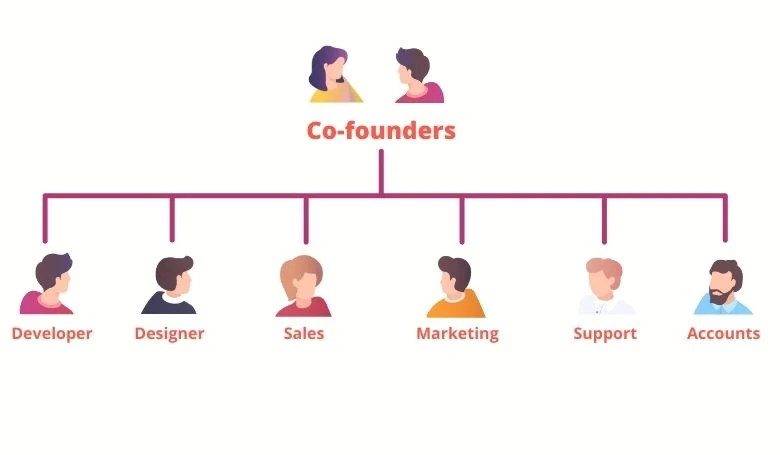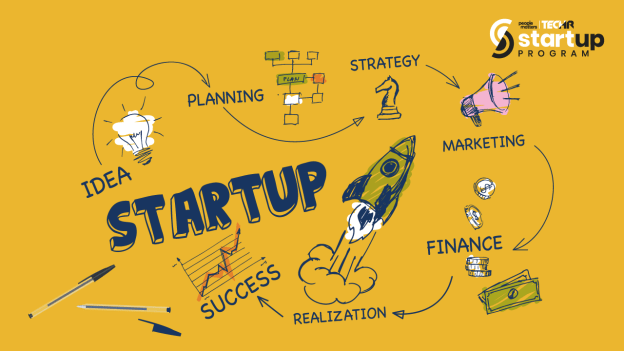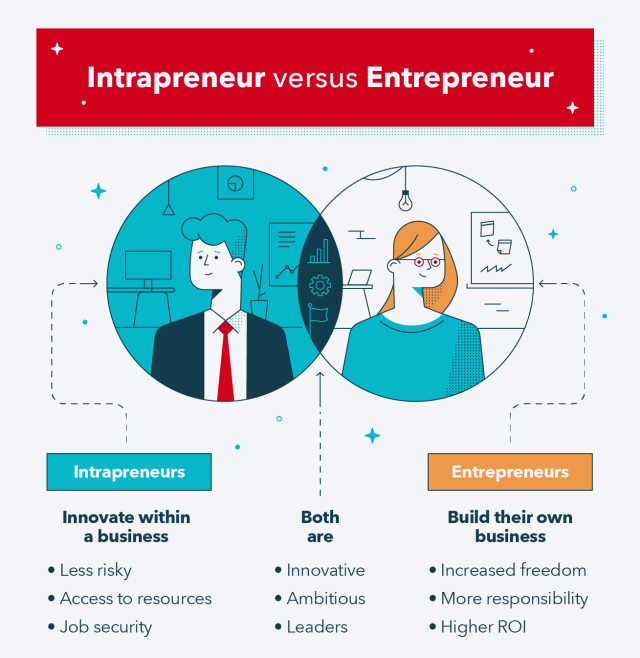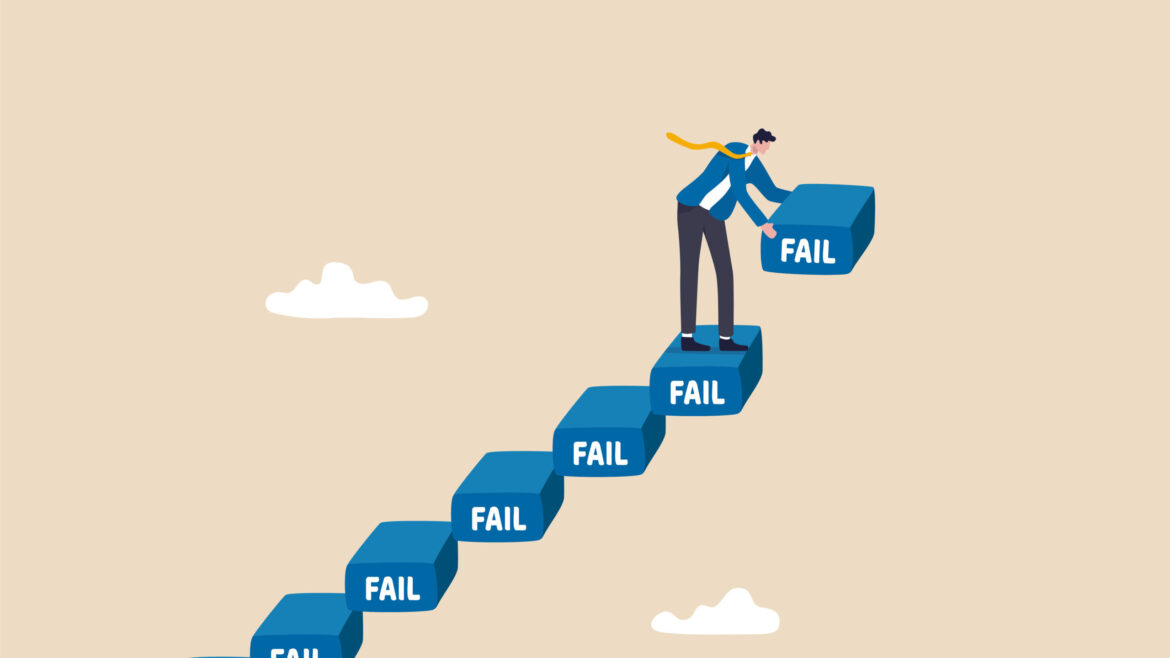Navigating Success: A Startup Founder’s Perspective
Navigating Success: A Startup Founder’s Perspective https://theraise.eu/wp-content/uploads/2023/12/success-1024x493.jpg 1024 493 RAISE fosters startup growth and scale-up within and across Europe https://theraise.eu/wp-content/uploads/2023/12/success-1024x493.jpgEmbarking on the journey of creating and growing a startup is an exhilarating adventure. As a startup founder, success takes on a unique meaning that extends beyond traditional measures. Let’s explore what success entails in the world of startup entrepreneurship, breaking down the key elements in simple terms.
Defining Success as a Startup Founder:
Success as a startup founder isn’t solely about financial gains or the size of your company. It encompasses a combination of personal fulfillment, impact on the community, and the ability to adapt and learn. Here are some fundamental aspects that define success for a startup founder:
- Passion and Purpose:
- For many startup founders, success begins with pursuing a passion or addressing a problem they deeply care about.
- Finding purpose in your work contributes to a sense of accomplishment and fulfillment, making the journey worthwhile.
- Adaptability and Learning:
- Success involves the ability to adapt to changes and learn from challenges.
- Embracing a mindset of continuous learning allows founders to navigate uncertainties and make informed decisions.
- Impact on People and Community:
- A successful startup goes beyond individual achievements and positively impacts people’s lives.
- Contributing to the community, creating jobs, and providing valuable solutions add a layer of significance to the entrepreneurial journey.
- Resilience and Persistence:
- Success is often intertwined with resilience – the ability to bounce back from setbacks.
- Persistent efforts in the face of obstacles are key ingredients for a founder’s success.
- Innovation and Problem-Solving:
- Successful startup founders are innovative thinkers who solve real-world problems.
- Creating a product or service that adds value and addresses a need in the market is a hallmark of success.
Measuring Success Beyond Finances:
While financial success is undoubtedly a crucial factor, it’s not the sole determinant of a startup founder’s success. Building a sustainable business involves considering the well-being of the company, its team, and the broader impact on the world.
- Team Building and Culture:
- A successful founder prioritizes building a strong and motivated team.
- Fostering a positive company culture contributes to employee satisfaction and long-term success.
- Customer Satisfaction:
- Meeting the needs of customers and ensuring satisfaction is a vital metric of success.
- A loyal customer base reflects the value your startup brings to the market.
- Ethical Practices:
- Success involves upholding ethical standards and integrity in business practices.
- Gaining trust from customers, partners, and the community is a measure of long-term success.
Charting the Course: The Ever-Evolving Landscape of Startup Success
As a startup founder, success is a multifaceted journey that goes beyond financial achievements. It involves passion, adaptability, impact on the community, resilience, and a commitment to continuous learning. By embracing these elements and measuring success in a holistic manner, startup founders can build not only prosperous businesses but also fulfilling and purpose-driven ventures that contribute positively to the world.
Photo via Voices of Youth











